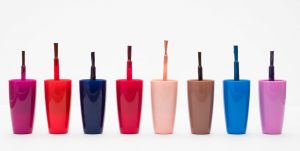Nail Salon Waterloo – Nails Waterloo – All My Nails
TOP VITAMINS AND NUTRIENTS FOR HEALTHY AND STRONG NAILS
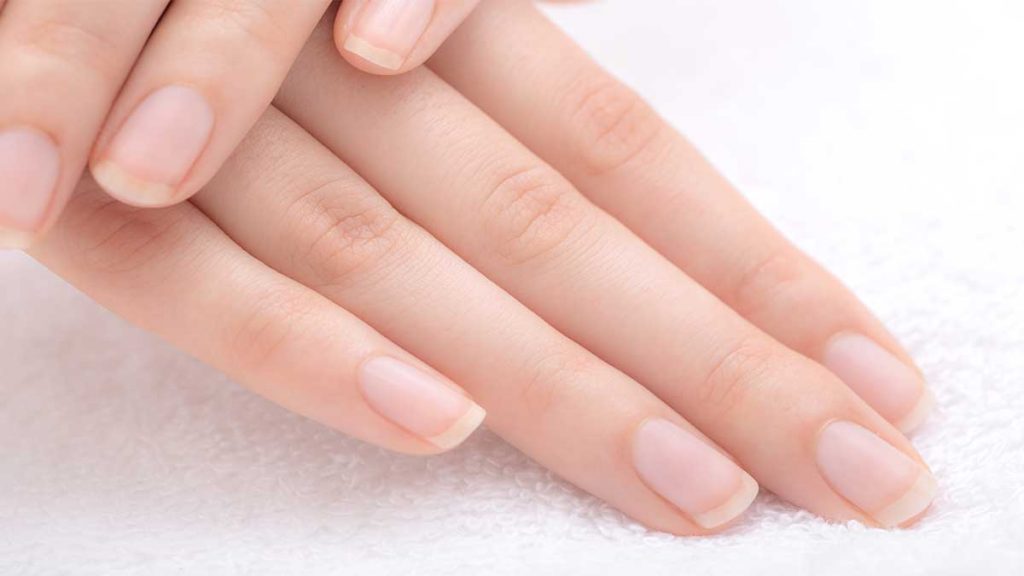
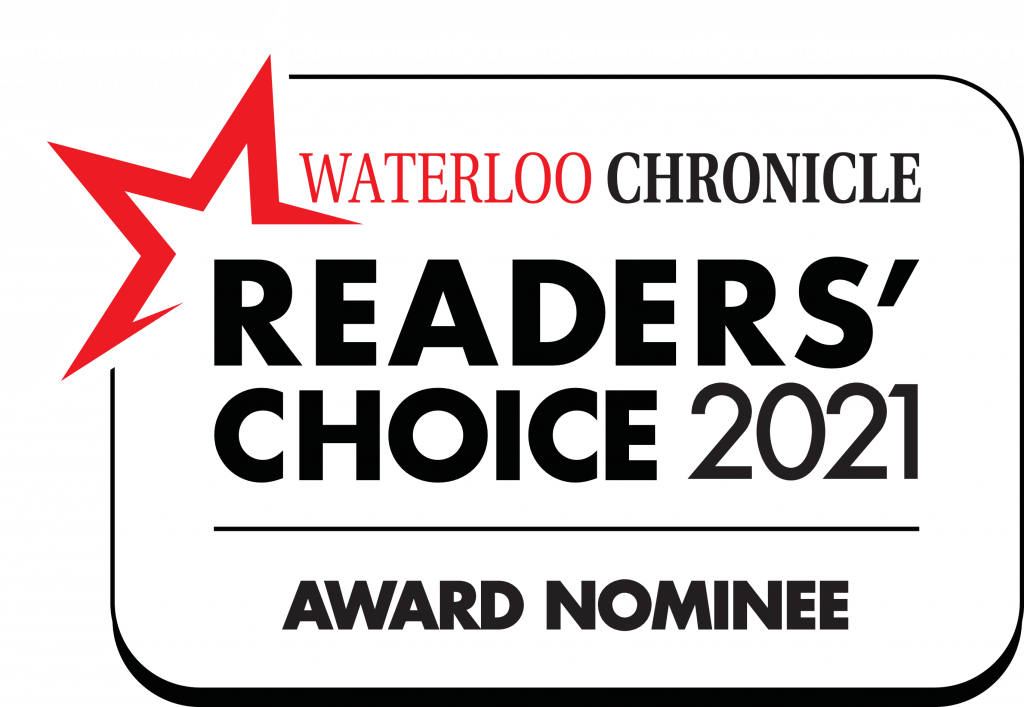
Your fingernails say a lot about your state of health. Nails can serve as an indicator of other health problems. Nail beds produce new nail tissue regularly, and sufficient vitamin, mineral, and nutrient intakes aid in the development, growth, and strength of new nail cells.
Nutrient deficiencies can be indicated by a difference in the appearance, texture, or form of your nails.
BIOTIN

Biotin is a B-complex vitamin. It aids in the metabolism of protein-building amino acids, which are essential for nail development, and promotes healthy cell growth. Biotin-rich foods and supplements may assist in the strengthening of brittle fingernails. A few small studies back up the use of biotin supplements in this way.
Biotin deficiency is uncommon, and while there is no RDA for the vitamin, the Adequate Intake (AI) recommendation for adults has been set at 30 micrograms per day.
Biotin is present in the highest concentrations in organ meats like liver, but it’s also in egg yolk, dairy products, yeast, salmon, avocado, sweet potato, nuts, seeds, and even cauliflower.
Note: While biotin deficiency is uncommon, taking biotin in the form of foods or supplements can help strengthen
and develop brittle nails.
RECENT POSTS
OTHER B VITAMINS
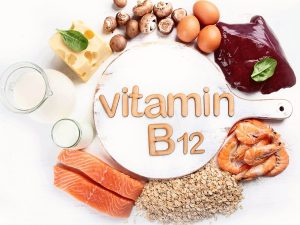
Other B vitamins play a role in nail health as well.
Vitamin B12 is essential for iron absorption as well as red blood cell growth. Iron and B12 are both needed for strong and healthy nails.
Vitamin B12 deficiency can cause completely blue nails, as well as bluish-black pigments with wavy longitudinal dark streaks and brownish pigmentation.
Folate, or vitamin B9, is also essential for nail growth and health because it aids in the formation of red blood cells and the production of new cells.
A lack of folate can cause your nails to change color and become stiff and brittle.
Dark green tomatoes, citrus fruits, beans, peas, lentils, nuts, seeds, and avocado are all high in folate. B12, on the other hand, is often present in animal foods like meat, poultry, fish, eggs, and dairy, but it may also be added to other foods and beverages.
Note: Both vitamin B12 and folate play a role in the development of red blood cells and the delivery of oxygen to nail cells. Discoloration of your nails can be caused by inadequacies.
IRON
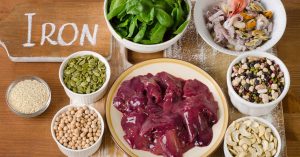
The center of red blood cells, which transport oxygen to your organs and every cell in your body, including your nails, is made mostly of iron.
Your cells will not receive enough oxygen if you don’t have enough iron.
Because healthy nails require oxygen, an iron deficiency or anemia can cause vertical ridges in your nails, or your nails may become concave or “spoon” shaped.
Animal foods, such as beef, chicken, fish, and eggs, absorb iron better than plant meals, such as dark green leafy vegetables, peanuts, seeds, beans, and other fortified foods.
However, combining a vitamin C-rich diet with a plant-based iron food source boosts absorption. Iron absorption is improved by eating oranges and strawberries with a spinach salad with beans and nuts, for example.
Note: Iron is required to deliver appropriate oxygen to your cells, which is required for healthy nails. The shape and look of your nails can be impacted by an iron deficit.
MAGNESIUM
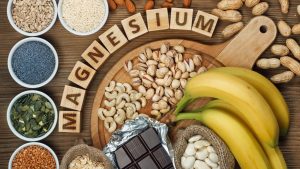
Magnesium is a mineral that plays a role in over 300 bodily activities, including protein synthesis, which is necessary for nail development.
Magnesium insufficiency can cause vertical ridges in your nails. Although this mineral is widely available, the World Health Organization (WHO) says that only about 60% of the US population eats the necessary quantity.
Magnesium is abundant in entire grains, particularly whole wheat. Quinoa, almonds, cashews, peanuts, edamame, and black beans, as well as dark green leafy vegetables, are good sources.
Note: To avoid vertical ridges in your nails, make sure you get enough magnesium. Protein synthesis and the production of new nails are also aided by this mineral.
PROTEIN
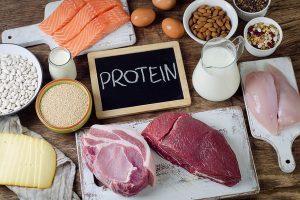
Keratin, a fibrous structural protein, is the main component of nails. It is because of this that nails are so strong and resilient. It also helps to protect your nails from harm and stress.
Surprisingly, the keratin you see isn’t alive. Dead cells form the base of your nails, which your body sheds as new cells push up from beneath.
In order to boost keratin production and thus create strong nails, you must consume enough protein through your diet, whereas a low protein diet may result in weaker nails.
Animal foods including meat, chicken, fish, eggs, and dairy, as well as plant foods like soy, legumes, beans, lentils, nuts, seeds, and whole grains, are high in protein.
Note: Protein is required for the production of keratin, which is responsible for the strength and resilience of your nails.
OMEGA-3- FATTY ACIDS
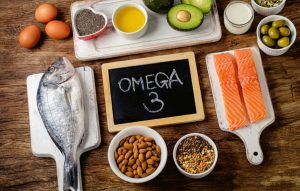
Omega-3 fatty acids can assist to lubricate and hydrate your nails, making them look shine.
These fatty acids may also help to reduce inflammation in your nail bed, which feeds and supports the cells that give rise to your nail plate. Dry and brittle nails may be caused by a deficiency of omega-3 fatty acids.
Omega-3s are abundant in fatty fish such as salmon, trout, mackerel, tuna, and sardines, but they can also be found in walnuts, soy, eggs, chia seeds, flaxseeds, and fish and flaxseed oil.
Note: Consume enough omega-3 fatty acids to keep your nails from becoming dry and brittle. They lubricate your nails and give them a lustrous appearance.
VITAMIN C
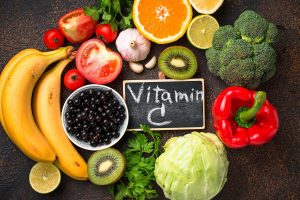
Collagen, a protein that gives shape, strength, and integrity to numerous tissues and is the building block of fingernails, hair, and teeth, requires vitamin C to be produced.
Vitamin C insufficiency can cause brittle nails as well as decreased nail development.
While citrus fruits like oranges, strawberries, and kiwis are regarded to be the best sources of vitamin C, bell peppers, green vegetables, and tomatoes all have a lot of it.
Note: Vitamin C is necessary for the creation of collagen, which aids in the strength and integrity of your nails.
ZINC
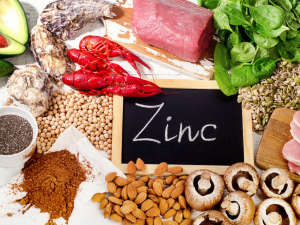
Zinc is essential for a variety of bodily responses, including cell growth and division.
Nails are made up of a cell type that divides and develops rapidly. Because of this rapid synthesis, a consistent supply of zinc is required to ensure healthy nail growth.
Inadequate zinc intake can cause your nail plate to degenerate, resulting in the appearance of white spots on your nails.
Zinc is abundant in animal proteins such as beef, poultry, fish, and eggs. It is found in soy, chickpeas, black beans, nuts (such as almonds and cashews), and seeds.
Note: Zinc is necessary for the growth of healthy nails. Animal proteins are a fantastic way to get enough zinc in your diet, but many plant foods also contain this element.

